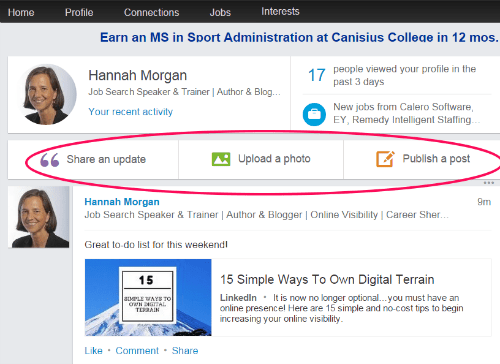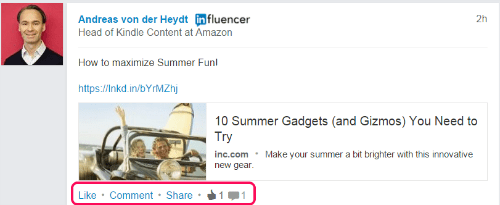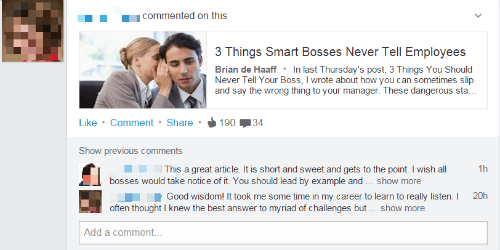The Formula for a 5-Star Intern Presentation
By now, you have probably started to think about what the end of your internship might look like. What will you have learned? What will you take with you when you go back to school? How have you added value to the company? All these things are critical components to include in your presentation at the end of your internship. If you haven’t been assigned to give a presentation, be sure to read “The Ultimate Intern To-Do List” for reasons why the intern presentation is so important.
But if you haven’t been given much direction on what your intern presentation is supposed to look like, how can you be sure that you are delivering a meaningful product to your audience? You have spent three or four months doing some incredible things and probably getting your hands in more places that you can imagine. So how do you capture a few months of work into 15 minutes?
The answer is simple: SHINE!
Below are the five things that you’ll need to do in order to make sure your intern presentation is the very best it can be:
Show Your Work
There may be people attending your presentation who didn’t get the chance to see your work throughout the summer. This will be the time for you to SHINE and show examples of some things that you were able to do over the course of the summer. When people listen to a presentation, they are much more likely to be engaged if they have something they can physically see or touch. They will be much more likely to remember what you did as opposed to if you just told them. There’s no need to show everything, but at least bring some samples.
Have Handouts
The participants in your presentation may want to write some things down during the course of your presentation. Maybe it’s a question or a comment that they’d like to explore further. Having handouts in your intern presentation will enhance the ability for your audience to follow along and engage with you on another level. A tip: DO NOT SIMPLY PRINT OUT YOUR SLIDES AND MAKE THEM INTO A HANDOUT. The reason for this is that often times, small slides on the page are hard to follow and don’t add much value to what you are saying. It’s much easier if you make a one-page summary or a fill-in-the-blank sheet for your audience to engage in while you are talking.
Infuse Creativity
Think outside the box when it comes to your presentation delivery. Instead of standing up and talking for fifteen minutes, have your participants engage in a fun activity to share what you learned. Maybe have a fun company trivia slide at the end and have a prize for the person who could answer the most questions correctly! Share your learnings in new and exciting ways. One fun idea could be a myth-buster portion, where you have myths about what you expected and how your internship “busted” those myths.
Nix Presentation No-No’s
DO:
- Speak with enthusiasm
- Encourage participation
- Keep things moving
- Thank your participants for coming
- Practice ahead of time
DON’T:
- Read from your slides
- Overload your content: No more than 6 bullets on a slide with 6 words each
- Turn your back to the audience
- Hold notecards
- Leave with unanswered questions from participants
Explain the Value
People who run internships want to know what you thought of the program and the value that it brought to you as a student. This might be the most important part of the presentation for them. Make sure you broaden the scope and explain the big picture of why this internship was so meaningful to you. Explain what specifically was most meaningful to you and even what you might like to have experienced more if you had more time in the company. This feedback will always be appreciated and will be used to improve the program for the future.
Use this formula and you are sure to have a successful presentation!





 Unknown
Unknown For the better part of 20 years, I’ve had the privilege of being compensated, to motivate and train exceptionally successful professionals, with short and long-term fitness goals:
For the better part of 20 years, I’ve had the privilege of being compensated, to motivate and train exceptionally successful professionals, with short and long-term fitness goals:
 With that last statement, was I referring to completing another set of an exercise, sprinting the last 100 yards, instead of jogging, or making one more cold-call?
With that last statement, was I referring to completing another set of an exercise, sprinting the last 100 yards, instead of jogging, or making one more cold-call? This isn’t a post about whether you should do CrossFit versus Zumba versus Pilates … this post is about doing versus not doing, standing versus sitting, being product versus being busy. And that no matter what your choice, that it’s active versus passive, with purpose versus indifference.
This isn’t a post about whether you should do CrossFit versus Zumba versus Pilates … this post is about doing versus not doing, standing versus sitting, being product versus being busy. And that no matter what your choice, that it’s active versus passive, with purpose versus indifference. For 20 years I’ve worked, sold, marketed, trained and coached others and myself, in the automotive industry and yet; it wasn’t until this post, that I realized … maybe there’s more than one reason, they’re called muscle cars.
For 20 years I’ve worked, sold, marketed, trained and coached others and myself, in the automotive industry and yet; it wasn’t until this post, that I realized … maybe there’s more than one reason, they’re called muscle cars.

















